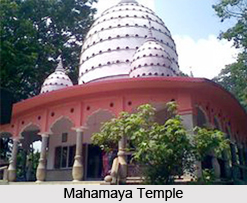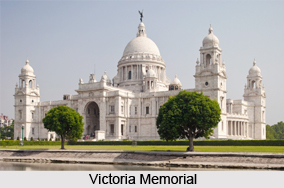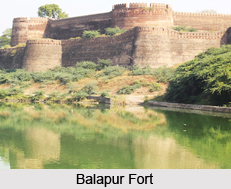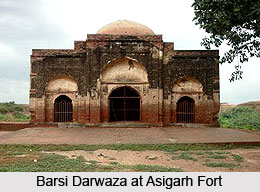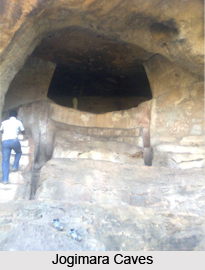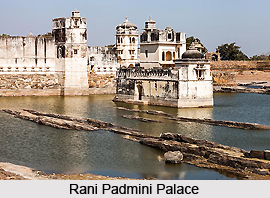 Padmini Palace is one of the most famous palaces of Chittorgarh, in Rajasthan which was once the palatial abode of the exquisitely beautiful Rajput queen, Rani Padmini, the wife of King Rawal Ratan Singh. Revered as an epitome of beauty and `Cleopatra of Rajasthan`, Rani Padmini was the daughter of a Sinhala ruler and plays a crucial role in the history of the gallant Rajput warriors, particularly those belonging to the royal state of Mewar. This queen is mentioned in the epic poem of `Padmavati`, which had been composed during 1540 CE, by Malik Muhammad Jayasi. Padmini Palace was the very legendary palace from which the Muslim ruler of the Khilji Dynasty named Alauddin Khilji was permitted to obtain a glimpse of the charming queen Padmini, on a certain mirror which would contain the reflection of the queen.
Padmini Palace is one of the most famous palaces of Chittorgarh, in Rajasthan which was once the palatial abode of the exquisitely beautiful Rajput queen, Rani Padmini, the wife of King Rawal Ratan Singh. Revered as an epitome of beauty and `Cleopatra of Rajasthan`, Rani Padmini was the daughter of a Sinhala ruler and plays a crucial role in the history of the gallant Rajput warriors, particularly those belonging to the royal state of Mewar. This queen is mentioned in the epic poem of `Padmavati`, which had been composed during 1540 CE, by Malik Muhammad Jayasi. Padmini Palace was the very legendary palace from which the Muslim ruler of the Khilji Dynasty named Alauddin Khilji was permitted to obtain a glimpse of the charming queen Padmini, on a certain mirror which would contain the reflection of the queen.
It is said that Alauddin Khilji had been asked to replace the mirror in a certain manner such that he would still be unable to glance through the interiors of the chambers of Queen Padmini. Rawal Ratan Singh, the husband of this queen had warned Alauddin Khilji that he would have his neck beheaded if he made an attempt to turn back towards the mirror. The fort where the palace of Rani Padmini is situated is present at an altitude of 180 metres above mean sea level and occupies an area measuring 700 acres and it had been constructed during the 7th century by Mauryan kings. The palace had been created exclusively for the beautiful Rajput queen who was a celebrated beauty. Historical sources have asserted that Queen Padmini`s flawless beauty was actually responsible for the violent war which ensued between Alauddin Khilji and Rawal Ratan Singh. The palace is existent in front of a large pool, wherein the `Zenana Mahal` is located, and at this very locale was placed the famous mirror through which her reflection was seen by Khilji.
Alauddin Khilji was immensely smitten by the natural beauty of Rani Padmini, which fuelled the major battle. During 1303, this Pathan ruler besieged the enormous Fort of Chittorgarh, to achieve the royal queen and fulfil his lustful fantasies. Some historians have said that the ruler of Gujarat named Bahadur Shah had caused damage to the fort in 1535, while the royal womenfolk had committed suicide or `Jauhar` by plunging into the sacrificial fire and self immolating themselves, in order to escape from dishonour from the enemies. Rani Karnavati was said to have led and motivated the suicidal act. During 1568, the fort was demolished by the Mughal emperor Akbar though it was restored again in the year 1616 by Jahangir.
